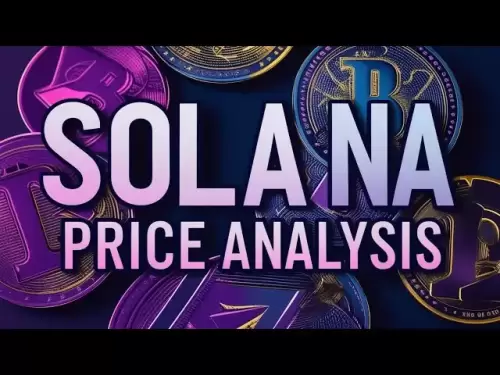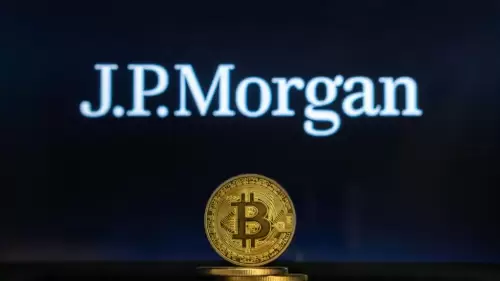Beneath the shimmering surface of today's financial markets, an ancient champion and a digital contender are preparing for a dramatic face-off.

Shimmering beneath the surface of today’s financial markets, an ancient champion and a digital contender are preparing for a dramatic face-off. Gold, with its timeless gleam and $22 trillion market cap, stands tall as a safe haven for generations. Yet, Bitcoin and its crypto brethren—once dismissed as digital curiosities—are rapidly closing the gap, propelled by shifting demographics and evolving attitudes toward value.
Recently, Bitcoin brushed past $103,000, calmly weathering turbulence that would usually herald panic. Earlier in the year, a frothy wave of speculative mania saw the market burn brightly with meme-driven currencies pushing uprisings against astronomical valuations. Predictably, this fever didn’t last; the market recoiled. Now, in the aftermath, observers are questioning: was the "bubble" a harmful misstep, or a vital part of the path toward maturity?
Financial insiders see purpose in the chaos. Corrections serve as a reset button—shedding excessive hype, sharpening investor discipline, and prepping the stage for the next major climb. Bitcoin’s resilience after sharp pullbacks echoes gold’s own long history of calmly withstanding panics and corrections on its way to greatness. But perhaps crypto’s true breakthrough stems from a demographic revolution unfolding quietly within family estates and trust offices.
The so-called “Great Wealth Transfer” looms large on the horizon. Millennials, digital natives at heart, are set to inherit an estimated $90 trillion over the next two decades. Unlike their baby boomer predecessors, this new class of custodians fundamentally understands blockchain and views digital assets not as speculation, but as foundational to the financial landscape ahead. For many millennial investors, Bitcoin isn’t an experiment; it’s digital gold—a store of value immune to the printing presses of central banks and the whims of geopolitics.
As institutional adoption ramps up and regulatory frameworks mature, crypto’s grip on mainstream portfolios tightens. Interest from major banks, pension funds, and even governments showcases an acceleration few expected a decade ago. While some skeptics remain concerned about volatility and regulatory uncertainty, the data tells a story of slow but steady tilt. Every cycle of speculation and correction leaves the sector stronger, more robust, and better understood.
The takeaway? Gold’s reign as the world’s default safe haven could face a historic challenge as generational wealth, technological innovation, and shifting philosophies converge.
The journey of crypto—fraught with risk, innovation, and seismic change—may ultimately reshape how humanity preserves and grows its wealth. Investors and observers alike are wise to pay attention—change isn’t coming; it’s already here.














































































